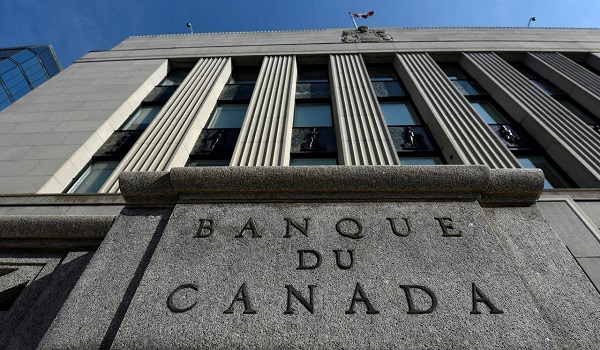Reason behind the movement of hundreds of thousands of people from Toronto to other parts of Canada
Toronto once reliably lost about 20,000 more people to other cities in Canada than it lured in from around the country. But in 2017, that number doubled to 40,000. And then it doubled again. In the past two years, 220,000 more Canadians have abandoned Ontario’s capital than arrived.
The majority of these Toronto expats have moved to other areas within Ontario including Oshawa, Hamilton, the Niagara Region and London, according to Statistics Canada’s domestic migration data. They’re also calling Calgary, Edmonton and Halifax home.
It’s a trend that’s worrying Toronto officials and economists who fear the city’s middle class is disappearing.
The Star reached out to dozens of people who left Toronto as well as realtors, economists and local politicians to understand what’s driving people away. We wanted to know what their new lives are like and whether they miss any of what they left behind.
The mass exodus isn’t just about affordability, they said. But it doesn’t help that the average sales price for a detached home in Toronto’s 416 area is $1,826,370, mortgage rates are still uncomfortably high, and the cost of renting now exceeds $2,200 for a simple one-bedroom apartment. It’s also about the gridlock, the broken transit system, the noise, the stress.
Toronto, they said, has become unlivable.
Micah Lenahan, an-ex Torontonian who moved to Hamilton in 2014 and sells real estate, says her clients are still mostly people moving from the GTA.
A few years back, Lenahan became a local hero when she and her partner, Paul Mercer, started restoring one of the six beloved Balfour Terraces on MacNab Street North in Hamilton. They were built in 1879 by the Hamilton architect James Balfour.
The couple, who have two teenage boys, still go into Toronto regularly. Mercer owns Smash Salvage, a shop that sells antique and vintage good that are often snapped by clients in the GTA minutes after he’s posted images of them to his Instagram account.
“I still go grocery shopping once a month at Fiesta Farms,” said Lenahan, who craves the shop’s homemade sauces. Also, “their garden centre cannot be beat.”
But they have no plans to return permanently. Hamilton is home.
“On Christmas Eve, I had half the block over for cocktails, which I couldn’t do if I was living in a condo in Toronto. I’m not a rich person by any stretch but I live in my dream home. It may not be for everyone but I love that I can have a house that I want to die in here.”
Talk like that worries Toronto Coun. Gord Perks, who chairs the city’s planning and housing committee.
“What happens to the city of Toronto if nurses can’t live here? If people working in your local grocery store can’t afford to live here? If the people who work in your local packing plant can’t afford to live here? What does Toronto become? It’s not a pretty picture. It’s a terrible, terrible future.”
If you ask economist Mike Moffatt, the crisis is already underway.
From July 1, 2020-2021, the most recent year for which detailed migration data is available, 203,115 people left Toronto while 92,175 people relocated there from within Canada. Nearly 80 per cent of those who left the city stayed in Ontario while 20 per cent left the province for another part of the country.
“I don’t think any community can thrive without a strong middle class and that’s essentially who’s leaving,” said Moffatt. “It’s a massive problem.”
It’s a problem not just for Toronto but for the municipalities that these urbanites are flooding into that lack the infrastructure to support their new residents.
Every municipality has to create an “official plan” that forecasts population changes and outlines its strategy to adapt to that change. But the process typically happens in a bubble.
There needs to be more communication across cities and better information from provincial and federal government on the flow of immigration and international students, said Moffatt, senior director of policy and innovation at the Smart Prosperity Institute and an assistant professor in the business, economics and public policy group at Western University.
He uses his own hometown of London, Ont., as an example. City council adopted its official plan in 2016, which projected a population of 458,000 on Canada Day in the year 2035. As of last Canada Day, the population is 474,000.
“In a matter of seven years, it’s already had 20 years of growth,” he said.
Everybody should be worried about Toronto becoming the next San Francisco, said Moffatt, referring to a city now dominated by rich tech people with homes worth an awful lot of money, high rates of homelessness, and where schools now provide housing for teachers because there’s nowhere they can afford to live.
“This is where we’re headed if we don’t get our act together.”
With data analysis from Cameron Tulk and Andrew Bailey

This article was first reported by The Star












